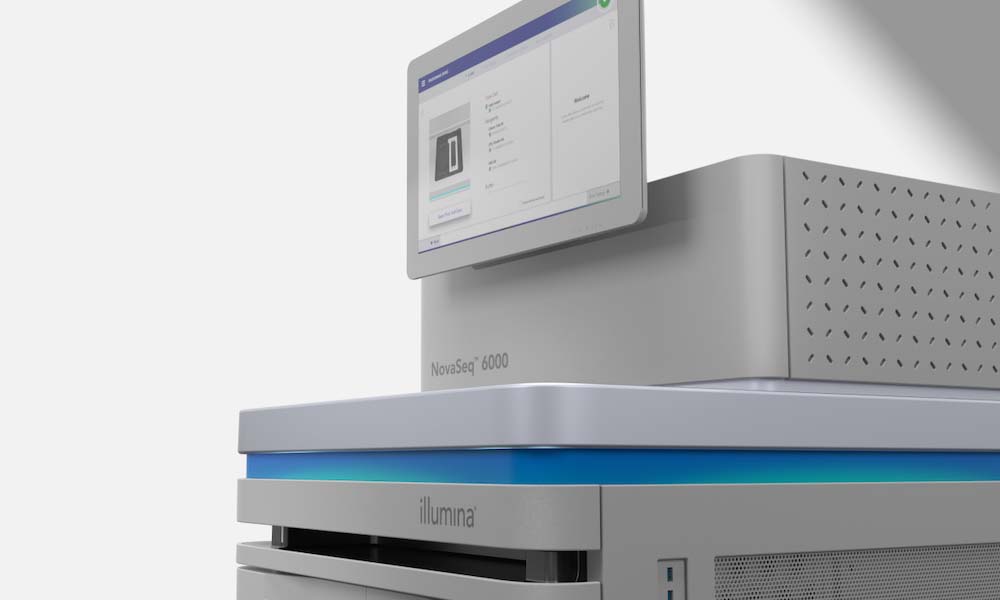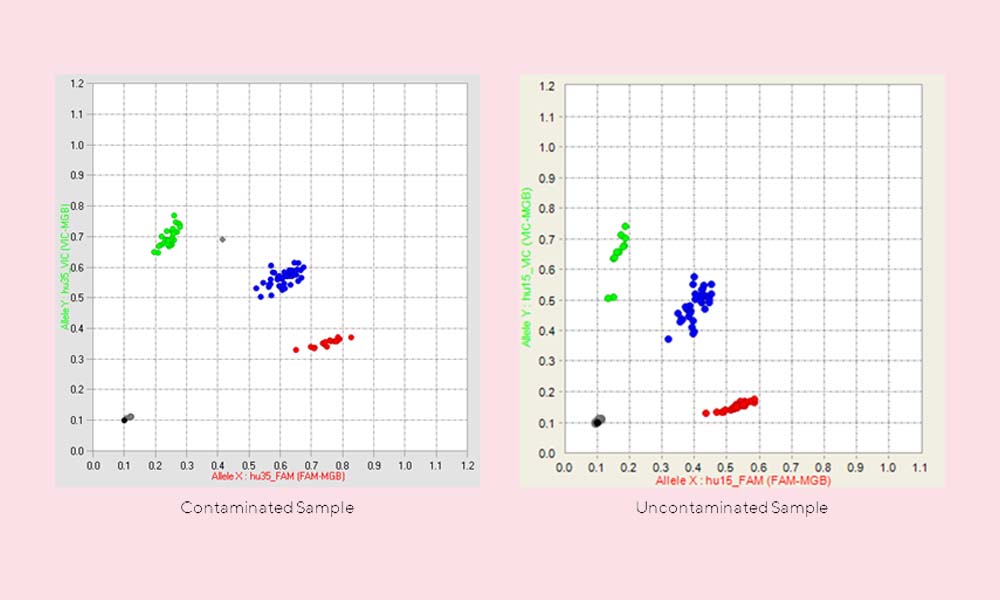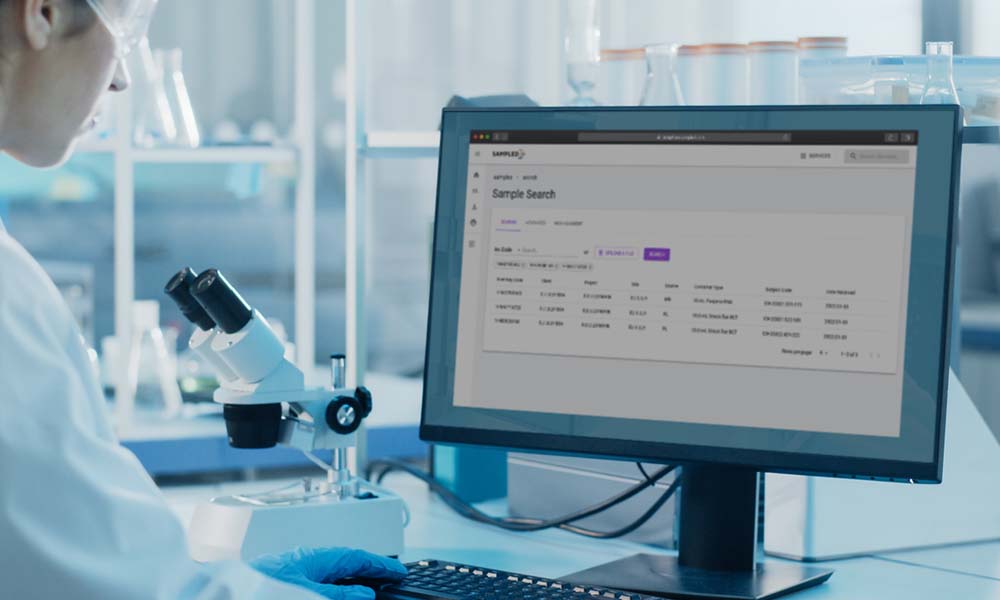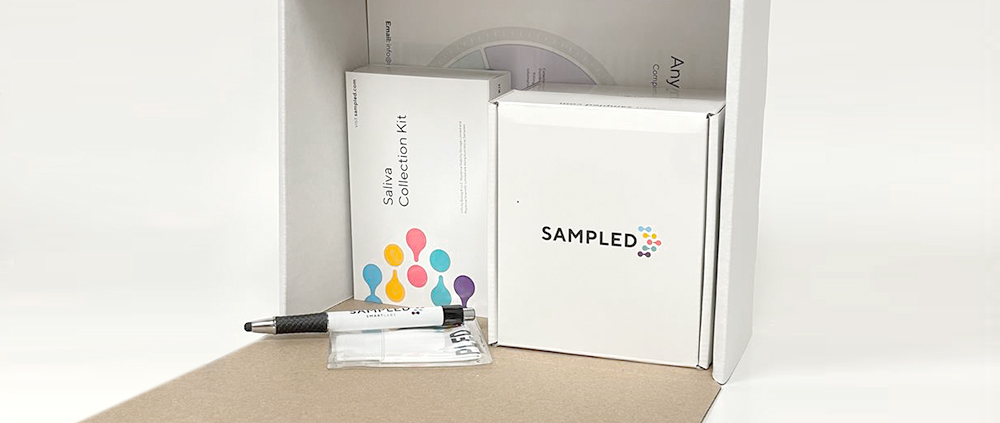Protein Biomarker Discovery
Discover and quantify novel protein biomarkers with Sampled’s advanced proteomics service. We use top-of-the-range Olink workflows to get you the best proteomics results, whatever the sample.
What Is Protein Biomarker Discovery?
Protein biomarker discovery is the process of defining a protein or set of proteins as diagnostic indicators of a given disease.
Biomarker discovery is of tremendous clinical value as it allows diseases to be caught early using less invasive procedures such as urine sampling or drawing blood. Protein biomarker discovery can be achieved by a variety of methods. At Sampled, we are proud to be an official service provider for Olink Proteomics whose HT platform allows levels of over 5400 proteins to be determined from just 2 µL of sample.
This gives Sampled’s clients many advantages over other services. Bioinformatic analysis of the results can be carried out by our seasoned team of in-house experts. This, in addition to Olink’s platforms, means our clients are getting the best possible service to expedite their protein biomarker discovery projects.

Why Use Sampled’s Protein Biomarker Discovery Service?
Expertise
Sampled’s team of in-house experts has vast experience using Olink’s platforms for protein biomarker discovery. Our expertise means we can quickly troubleshoot issues and discuss any problems with our clients, such as sample preparation and results interpretation.
Partnered With Global Leaders
Sampled is proud to be an official service provider of Olink’s Explore 3072 and HT platforms. Olink is a global leader in providing the highest quality instrumentation for proteomic analyses. By outsourcing your protein biomarker discovery project to Sampled you are ensuring your samples are in expert hands using state-of-the-art instruments. Olink Explore 3072 offers a range of panels that focus on particular disease types so you don’t waste money measuring the levels of proteins you are not interested in. These panels include:
- Olink® Explore 384 Cardiometabolic
- Olink® Explore 384 Cardiometabolic II
- Olink® Explore 384 Inflammation
- Olink® Explore 384 Inflammation II
- Olink® Explore 384 Neurology
- Olink® Explore 384 Neurology II
- Olink® Explore 384 Oncology
- Olink® Explore 384 Oncology II
The platform also provides several internal controls for use during analysis.
Time- and Cost-Efficient
Protein biomarker discovery can be a long and technically challenging process. This is especially true if your methodology only allows for a small number of proteins or samples to be analyzed at one time. Furthermore, purchasing antibodies for each protein you want to test can be expensive especially if you never use that antibody again after the analysis. By outsourcing to Sampled you save time and money while ensuring you get the most out of your sample.
Scalability
The Olink Explore HT platforms can run up to 172 samples at a time. This means 50,000 samples can be screened in just 24 weeks using one instrumentation line.
Less Sample Required
Samples, especially patient samples, can be challenging to acquire and often do not provide sufficient quantity to analyze multiple proteins. By outsourcing to Sampled, which uses Olink’s HT platform, you can analyze over 5000 proteins using only 2 µL of sample. This means you can analyze more samples in less time, and will have more sample volume left over for validation or future studies.
Protein Biomarker Discovery Applications
Our advanced proteomics services can be utilized across many research settings and come with a diverse range of applications.
- Disease identification
- Diagnostics
- Drug discovery
- Clinical trials
- Research studies
- Biomarker discovery
- Population health studies
- Disease modeling
- Development modeling
How Does Sampled’s Protein Biomarker Discovery Service Work?
Sample Preparation
Here at Sampled, we work with a wide variety of samples for protein biomarker discovery. Our protein biomarker discovery platforms are compatible with plasma, serum, tissue lysates, and cerebrospinal fluid. We perform robust quality control analysis to ensure that only high-quality samples are taken further for analysis.

Olink Proximity Extension Assay
The Olink platform uses proximity extension assay (PEA) technology to ensure specificity for your protein biomarker discovery project. PEA has three main steps:
- Immune reaction – Two oligonucleotide-tagged antibodies bind to nearby regions on the same protein. This brings the oligonucleotides into proximity allowing their complementary regions to anneal, forming double-stranded DNA.
- Amplification – A polymerase chain reaction is performed to amplify copies of the double-stranded DNA.
- Next-generation sequencing (NGS) – NGS is performed on the sample to quantify the DNA amplicons corresponding to each protein. This provides a readout for the amount of a given protein present in the sample.

Data Analysis
After NGS, the raw data is sent to our expert team of bioinformaticians for analysis. Alternatively, we can send the raw data to the client if they wish to perform their own analysis. All data is made available to the client in a format of their choosing on our client-facing server SampledSphere.

What Are the Input Requirements for Protein Biomarker Discovery?
The team of technical experts at Sampled has the technical skills and expertise to process a wide variety of samples for protein biomarker discovery. These include:
| Item | Type |
|---|---|
| Sample Types | Serum, plasma, cerebrospinal fluid, and tissue lysates For more information, please contact a member of our team |
| Storage/Transport Conditions | For specific information on tissue types, please contact a member of our team |
| Input Requirements | 1-50μL depending on the application and source material |
Find out more about Sampled’s protein biomarker discovery service
Interested in finding out how performing protein biomarker discovery with Sampled can help your research project or clinical application? Get in touch with one of our expert team members today!

